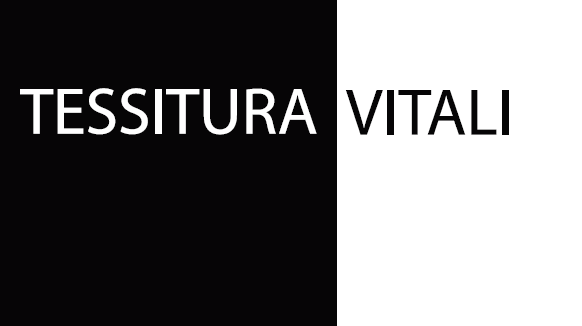Certifications

Certified by ICEA
GOTS-10325
GOTS – GLOBAL ORGANIC TEXTILE STANDARD
The GLOBAL ORGANIC TEXTILE STANDARD (GOTS) is the most important international standard for the certification of organic textiles made from silk, cotton, wool from and was developed in order to ensure responsible and sustainable development in the textile industry. Its broad international recognition allows those who produce and sell organic textiles to have a certification accepted in all major markets. GOTS involves the issuance of a third-party certified environmental statement, certifying the suitability of the product’s production and packaging process, limiting the use of i “chemicals and meeting environmental and traceability criteria at all stages of the production chain.
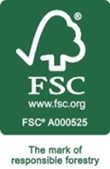
FSC® – FOREST STEWARDSHIP COUNCIL
The FSC® label guarantees that the product has been made from viscose fibers derived from cellulose from forests that are properly and responsibly managed according to strict environmental, social and economic standards. The Forest Stewardship Council (FSC) is an international nonprofit NGO and has created an internationally recognized forest certification system. The certification aims to ensure proper forest management and traceability of derived products.

Fratelli Vitali di Roberto SPA is GRS certified
Certified by ICEA
ICEA-TX- 206
“Only the products which are covered by a valid Transaction certificate are GRS certified”
GRS – GLOBAL RECYCLED STANDARD
The Global Recycle Standard (GRS) is the standard that certifies the production of silk, polyester and cupro fabrics made from recycled materials and aims to encourage the reduction of resource consumption (virgin raw materials, water and energy) and increase the quality of recycled products. GRS provides for the issuance of a third-party verified environmental declaration that guarantees the recycled material content of their products and traceability throughout the entire production process, to the subsequent manufacturing stages, to the labeling of the finished product.
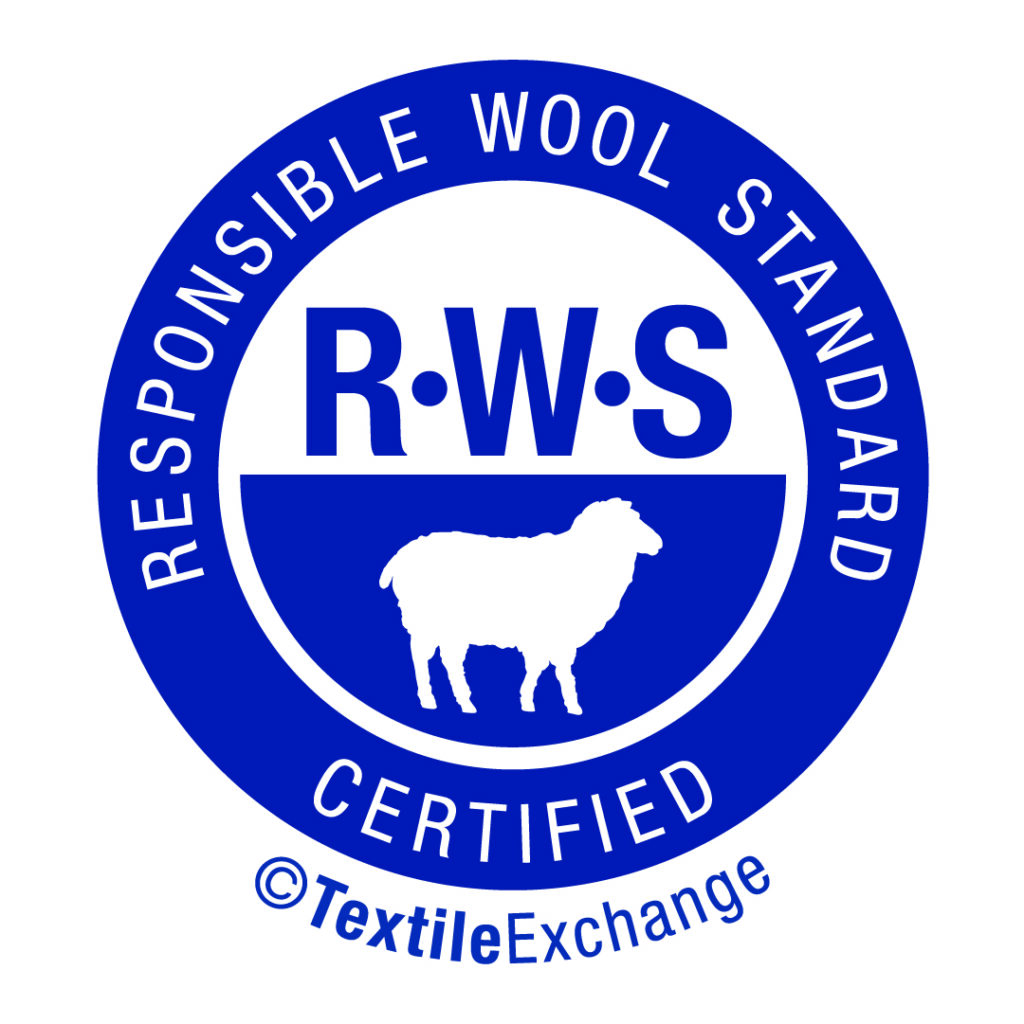
Fratelli Vitali di Roberto SPA is RWS certified
Certified by ICEA
ICEA-TX- 206
Only the products which are covered by a valid Transaction certificate are RWS certified
GRS – GLOBAL RECYCLED STANDARD
The Responsible Wool Standard (RWS) is the standard that certifies the use of responsible wool from farms that meet animal welfare and sustainable land management requirements.
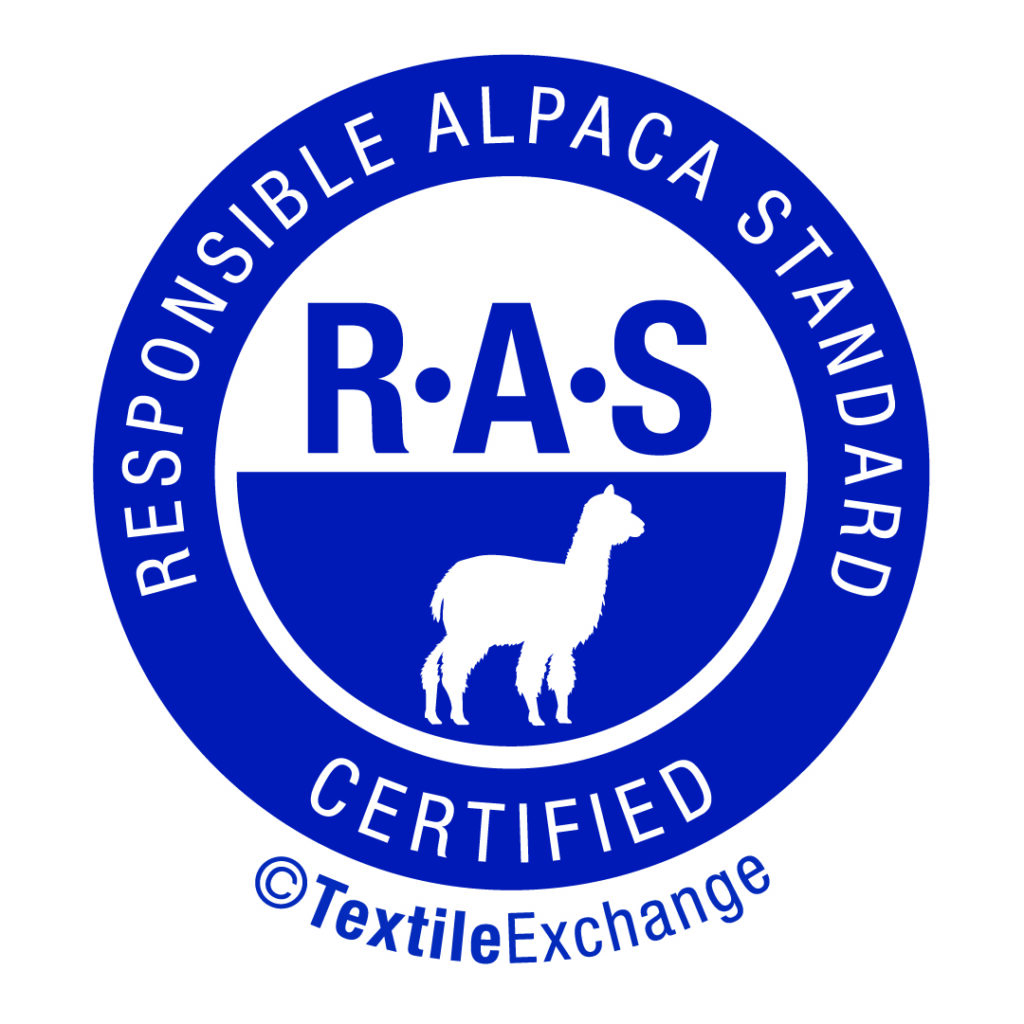
Fratelli Vitali di Roberto SPA is RAS certified
Certified by ICEA
ICEA-TX- 206
Only the products which are covered by a valid Transaction certificate are RAS certified
The Responsible Alpaca Standard (RAS) is the standard that certifies the use of alpaca fiber from sustainable land management and animal welfare farms.
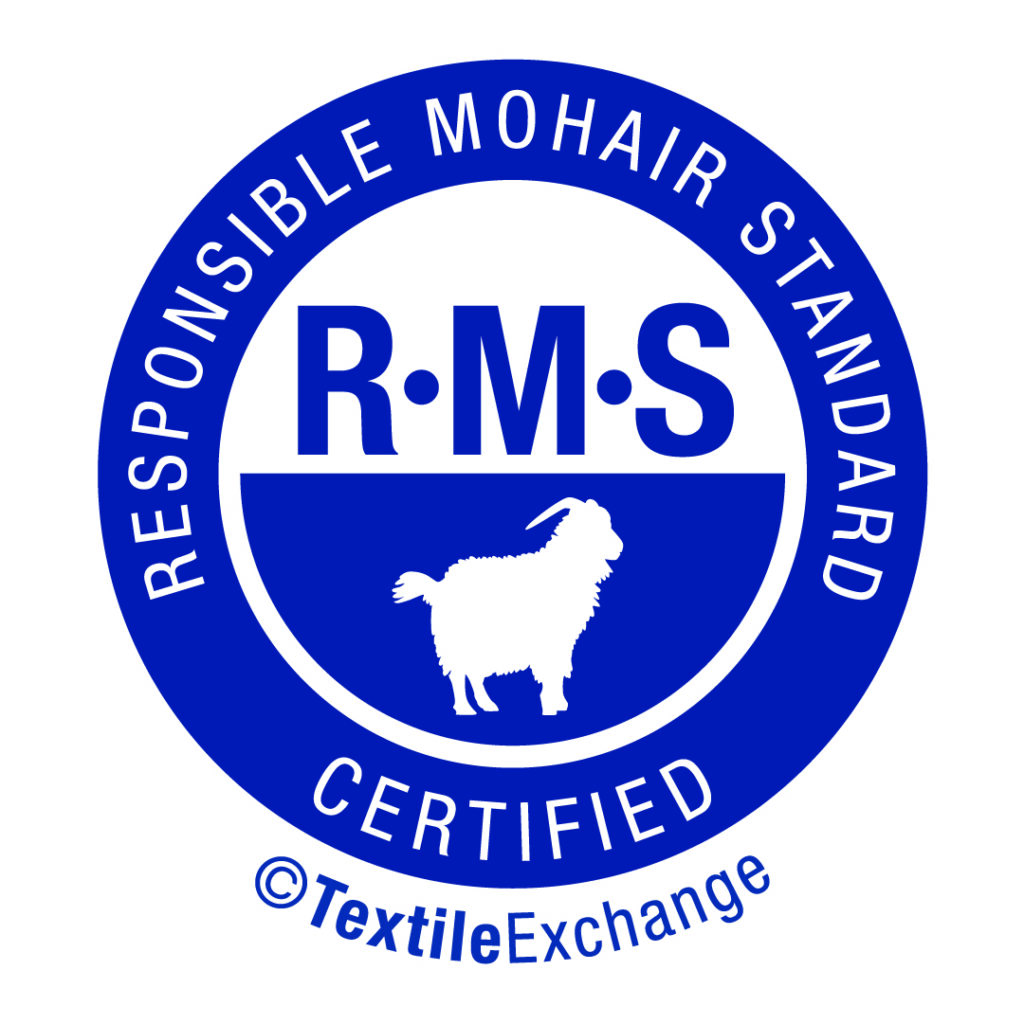
Fratelli Vitali di Roberto SPA is RMS certified
Certified by ICEA
ICEA-TX- 206
Only the products which are covered by a valid Transaction certificate are RMS certified
The Responsible Mohair Standard (RMS) is the standard that ensures that the mohair used comes from farms that have a sustainable approach to both the management of their land and their animals
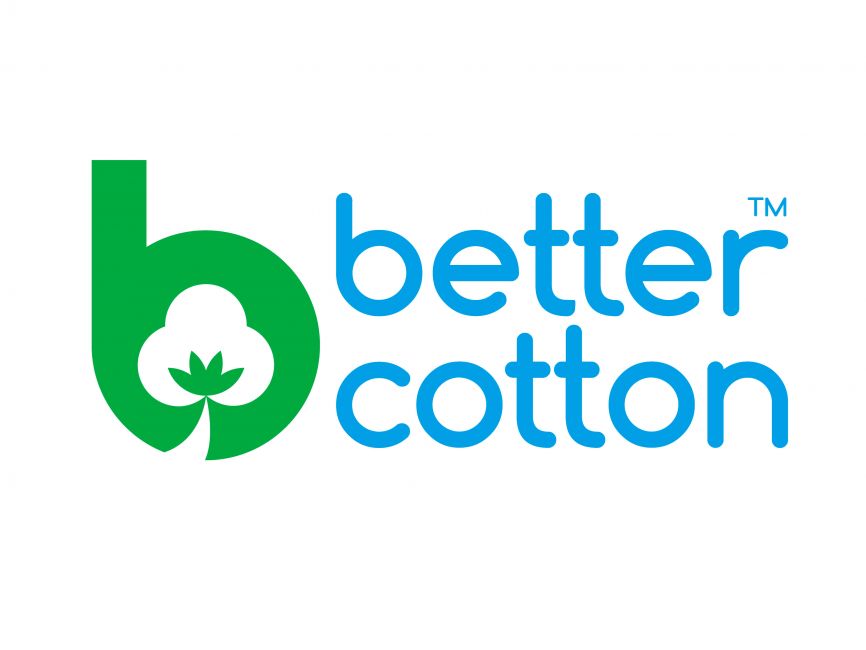
BCI BETTER COTTON
BCI (Better Cotton Initiative) is the world’s largest cotton sustainability program that promotes both environmental and social sustainability in cotton farming in low-lying countries through farm membership. Farmers who are members of BCI implement crop protection practices (from responsible water use to preserving soil and fiber quality). The system, given the critical economic and political conditions in which it operates, also strives to ensure decent working conditions for its farmers.
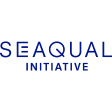
SEAQUAL
Seaqual® is an initiative promoted by a large community fighting to combat the pollution caused by plastic thrown into our seas and oceans. The different tides of material collected are then sorted and the plastic, which is more difficult to recycle, is turned into Upcycled Marine Plastic
Sustainable yarns

COTTON LINTER
Through a virtuous system of reusing a waste (cotton Linter) obtained from the woody part of cotton, a yarn is obtained that guarantees the most ethical and responsible ecological choice possible. The viscose and cupro thus obtained benefit from RCS (RECYCLED CLAIM STANDARD) certification because the production process recovers waste from other processes
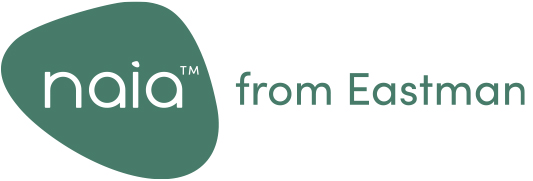
NAYA
Eastman Naia™ acetate is an innovative fiber made from wood pulp from sustainably managed and certified pine and eucalyptus forests and plantations

ECOVERO
Ecoviscose is produced from wood pulp, a special cellulose fiber that is completely renewable. The wood used in its production comes from sustainably managed forests. Up to 50 percent less water and Co2 emissions are used in its production than standard viscose

ECONYL
ECONYL® is regenerated nylon, a synthetic yarn derived from the regeneration of recycled plastic polymers. It is created by recycling fishing nets abandoned in the oceans, household carpets, industrial plastic waste, and fabric scraps used by the textile industry
